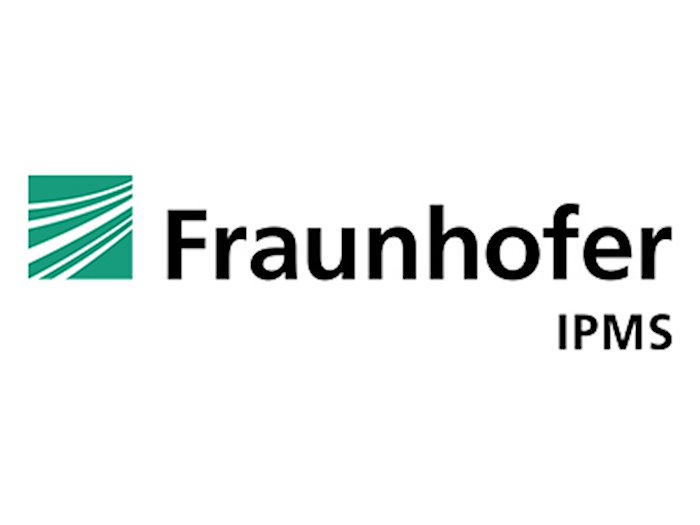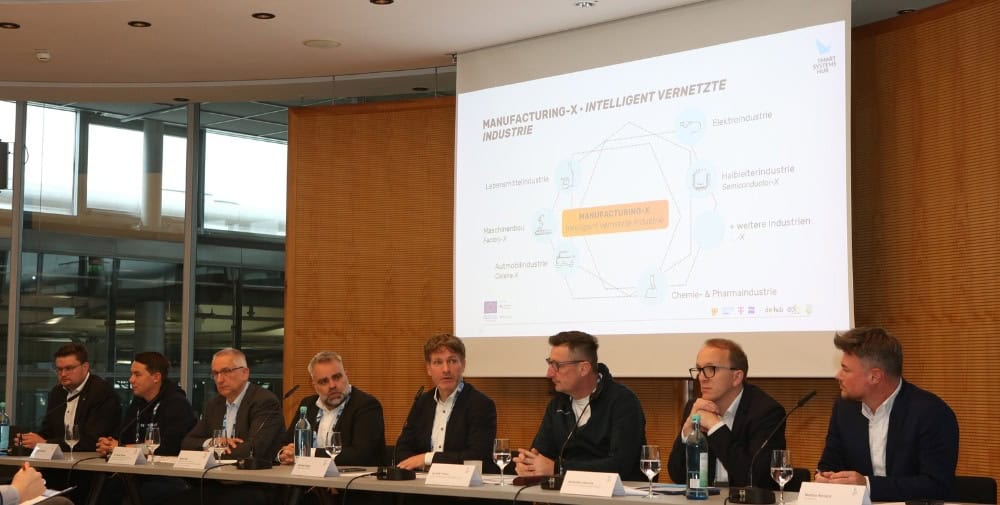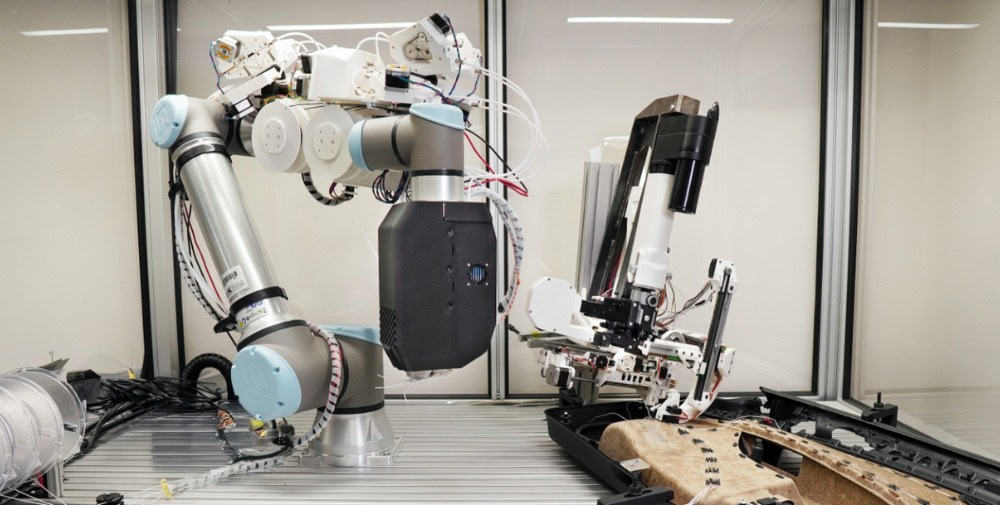
In the Chemical Sensors business unit, the Fraunhofer IPMS research team has been working intensively on the development of state-of-the-art ion-sensitive field-effect transistors (ISFET) and capacitive conductivity sensors that can be seamlessly integrated into environmental measurement systems. For the successful and efficient use of the sensors, innovative control electronics have now been developed that enable extremely flexible and energy-efficient use of these sensors.
The outstanding properties of the pH sensors from Fraunhofer IPMS are particularly noteworthy, as Dr. Hild, Business Unit Manager for Chemical Sensor Technology at the institute, reports: “The low drift of less than 20 µV/h, the wide addressable pH range from pH = 1 to 13 as well as the extremely small hysteresis and low light sensitivity make our pH sensors unique. Added to this is their impressive mechanical stability.” In addition, the conductivity sensors with a measuring range from 10µS/cm to 100mS/cm offer versatile application possibilities for environmental analyses. The sensors can also be adapted to customer-specific requirements, both sensory and electrical.
These pioneering technologies from Fraunhofer IPMS help to significantly increase the efficiency and precision of environmental analysis and open up new possibilities for individual applications in various industries.
The developed electronics, together with the ISFETs and conductivity sensors, will be presented at the “analytica” trade fair from April 9 to 12 in Munich. Interested users will have the opportunity to examine the performance and discuss specific requirements for their individual purposes at the Fraunhofer IPMS stand A3.407. Appointments for expert discussions with scientists and developers can be arranged in advance via the Fraunhofer IPMS website.
Physical principles of the Fraunhofer IPMS ISFET
The Fraunhofer IPMS capacitive conductivity sensor is based on a metallic 4-electrode arrangement coated with a chemically and mechanically robust metal oxide. The measuring medium therefore only comes into contact with the oxide, but not with the electrode metal. This means that metal ions are not released or contaminated during the measurement. The sensors have a cell constant of 0.8 to 1.1 cm-1 and can be used at a measurement frequency of 100 Hz to 1 MHz.
The innovative ISFET from Fraunhofer IPMS is based on metal-oxide-semiconductor (MOS) field-effect transistor technology, whereby the sensor area in contact with the medium consists of an amphoteric metal oxide layer. Hydronium or hydroxide ions from the measuring medium are reversibly deposited on this layer according to the pH value (pH-sensitive layer). The voltage (VGS) between the source electrode and the gate or reference electrode (Ag/AgCl in 3M KCl) is then used as the measurement signal.
Parts of the results were obtained in the “REISen” project, a project in the Department of Materials Science, which was co-financed from tax funds on the basis of the budget approved by the Saxon State Parliament.
About Fraunhofer IPMS
The Fraunhofer Institute for Photonic Microsystems IPMS stands for applied research and development in the fields of intelligent industrial solutions, medical technology and mobility. Research focuses on miniaturized sensors and actuators, integrated circuits, wireless and wired data communication as well as customer-specific MEMS systems. Research and development takes place on 200 and 300 mm wafers in the two clean rooms. The services offered range from consulting and process development to pilot series production.
– – – – – –
Further links
👉 www.ipms.fraunhofer.de
Photo: Fraunhofer IPMS




